Acentria ephemerella
([Denis & Schiffermüller], 1775)
-
 Subfamily: Acentropinae
Subfamily: Acentropinae -
 Wingspan: 11-16 mm
Wingspan: 11-16 mm -
 Flight period: Jun - Jul
Flight period: Jun - Jul -
 Spread: Common
Spread: Common -
 Host plants: Potomagetonaceae
Host plants: Potomagetonaceae
Information
The Acentria ephemerella also called Water Veneeris is a moth of the Crambidae family, Acentropinae subfamily,
subfamily characterized by the fact that in most species the larvae are aquatic, with a wingspan of 11-16 mm.
It is distributed throughout Europe with the exception of a large part of the Balkan Peninsula. In Italy it is present in Sardinia, but not in Sicily. *
The front wings of the male of the Acentria ephemerella are translucent white with a yellowish costa and fringed edge. The hind wings
they are of a white white color also fringed. There are two female morphologies.
Most females cannot fly, and live on the surface of the water or partially submerged.
Some females have longer wings and fly, and the wings have a light gray-brown tint.
In females the antennae are very short and graceful, in males they are stronger and longer. **
It is used as a biological control agent against the harmful aquatic plant Myriophyllum spicatum.
It is a mainly aquatic insect; in fact most of its life cycle (three phases out of four) takes place in water.
Males rest near the water during the day. They are hydrophobic and unlike females they prefer not to be wet.
They are nocturnal and fly restlessly above the surface of the water. Females rise to the surface to mate.
The female, when the male approaches, grabs him and drags him into the water. ***
Females lay 115 to 250 eggs. These are greenish and oval, slightly wider at one end and have a faint incision in the middle.
Mating takes place on the surface of the water, after which the female dives to lay masses of eggs on aquatic plants, such as Myriophyllum spicatum.
When the eggs hatch, the larva pierces the stem of the plant, gluing plant material to create a shelter.
The larvae are greenish, almost transparent caterpillars, usually with a visible dark green band (ingested plant material) running through the intestine.
The head has a characteristic dark gray suture that divides it into the two ocular regions (with simple ocelli) and the mouth region (with well developed jaws).
Within this kind of sheath created by the stem of the plant the larva feeds.
This action will create significant damage to the plant both to the stems and to the dying or breaking leaves.
The larva pupates inside an underwater cocoon filled with air. Upon exiting the cocoon, males and females swim to the surface of the water and fly away.
The larvae feed on Potomagetonaceae mainly Myriophyllum spicatum but also on other aquatic plants.
* Lepidoptera mundi https://lepidoptera.eu/ - Fauna Europea https://fauna-eu.org/
** Barry Goater, Matthias Nuss, Wolfgang Speidel: Pyraloidea I (Crambidae, Acentropinae, Evergestinae, Heliothelinae, Schoenobiinae, Scopariinae).
In: P. Huemer, O. Karsholt, L. Lyneborg (Hrsg.): Microlepidoptera of Europe. 1. Auflage. Band 4. Apollo Books, Stenstrup 2005, ISBN 87-88757-33-1, S. 51
*** Karl Traugott Schütze: Die Biologie der Kleinschmetterlinge unter besonderer Berücksichtigung ihrer Nährpflanzen und Erscheinungszeiten. Handbuch der Microlepidopteren.
Raupenkalender geordnet nach der Illustrierten deutschen Flora von H. Wagner. Verlag des Internationalen Entomologischen Vereins e. V., Frankfurt am Main 1931, S. 93

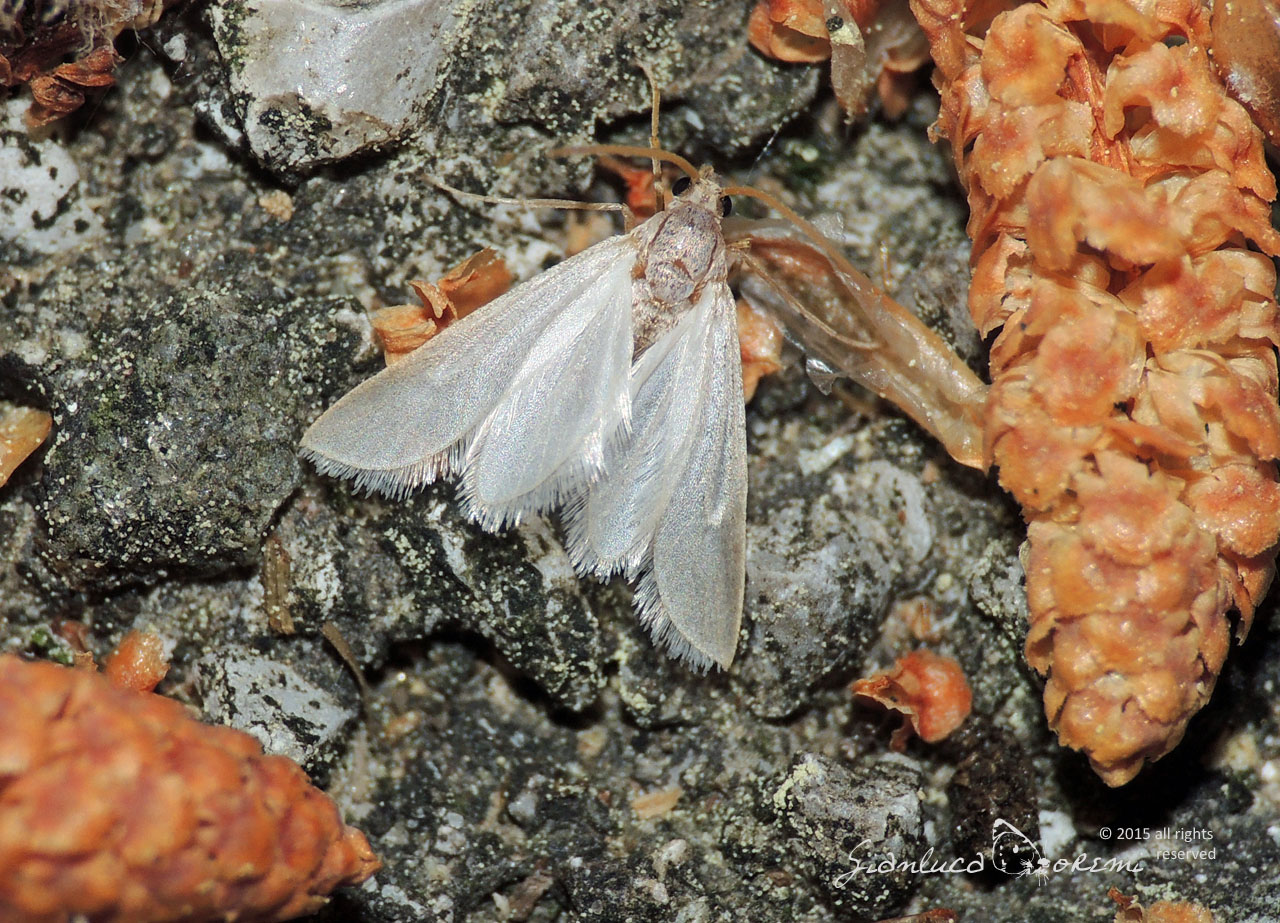

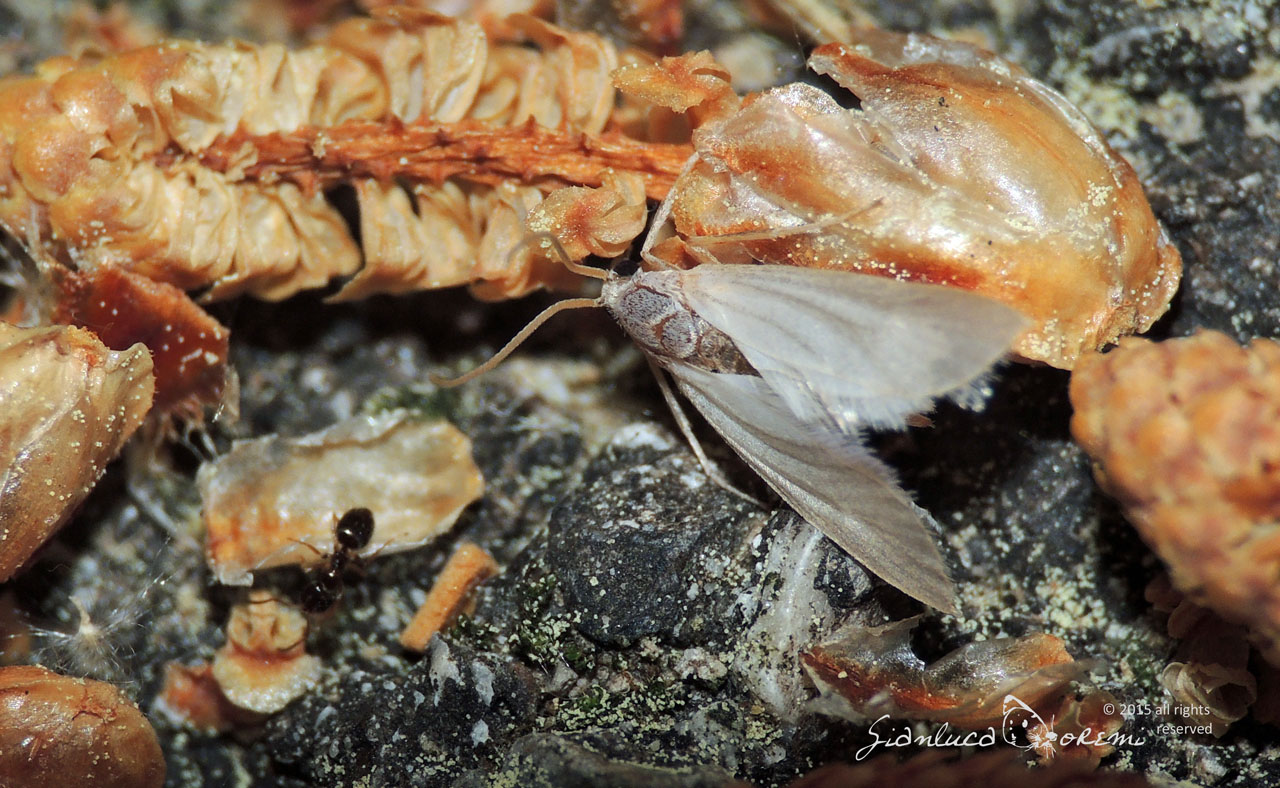
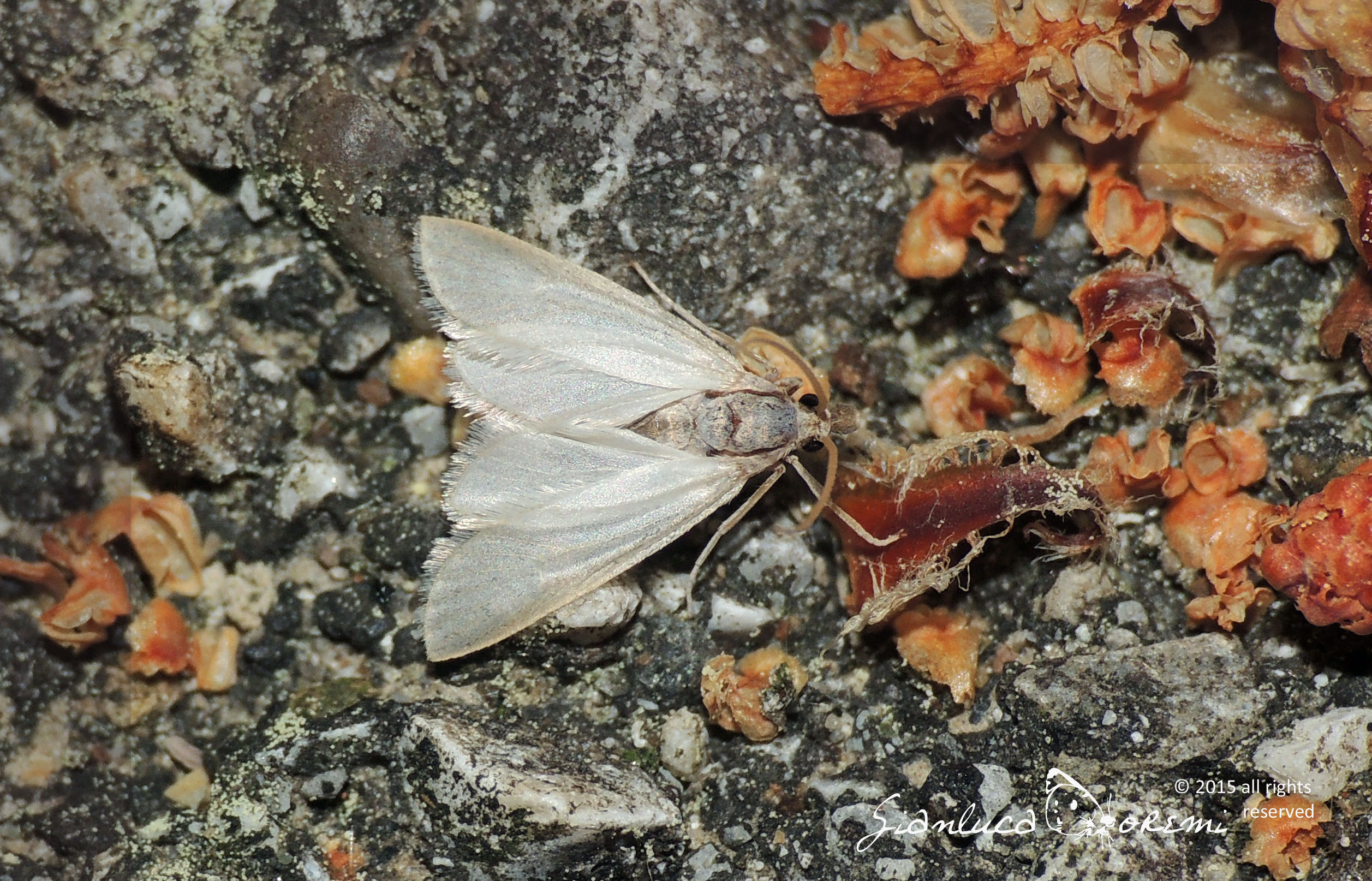
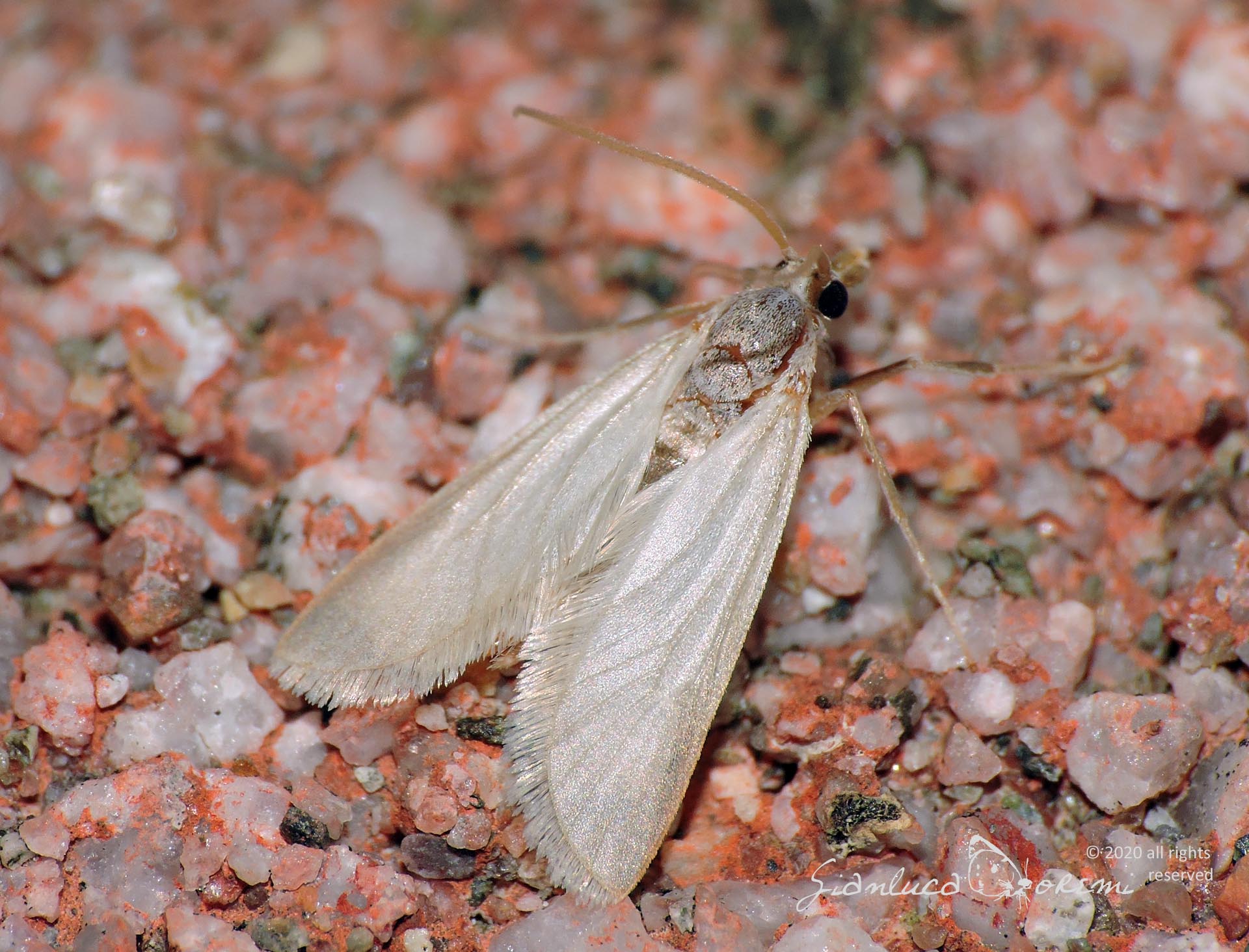
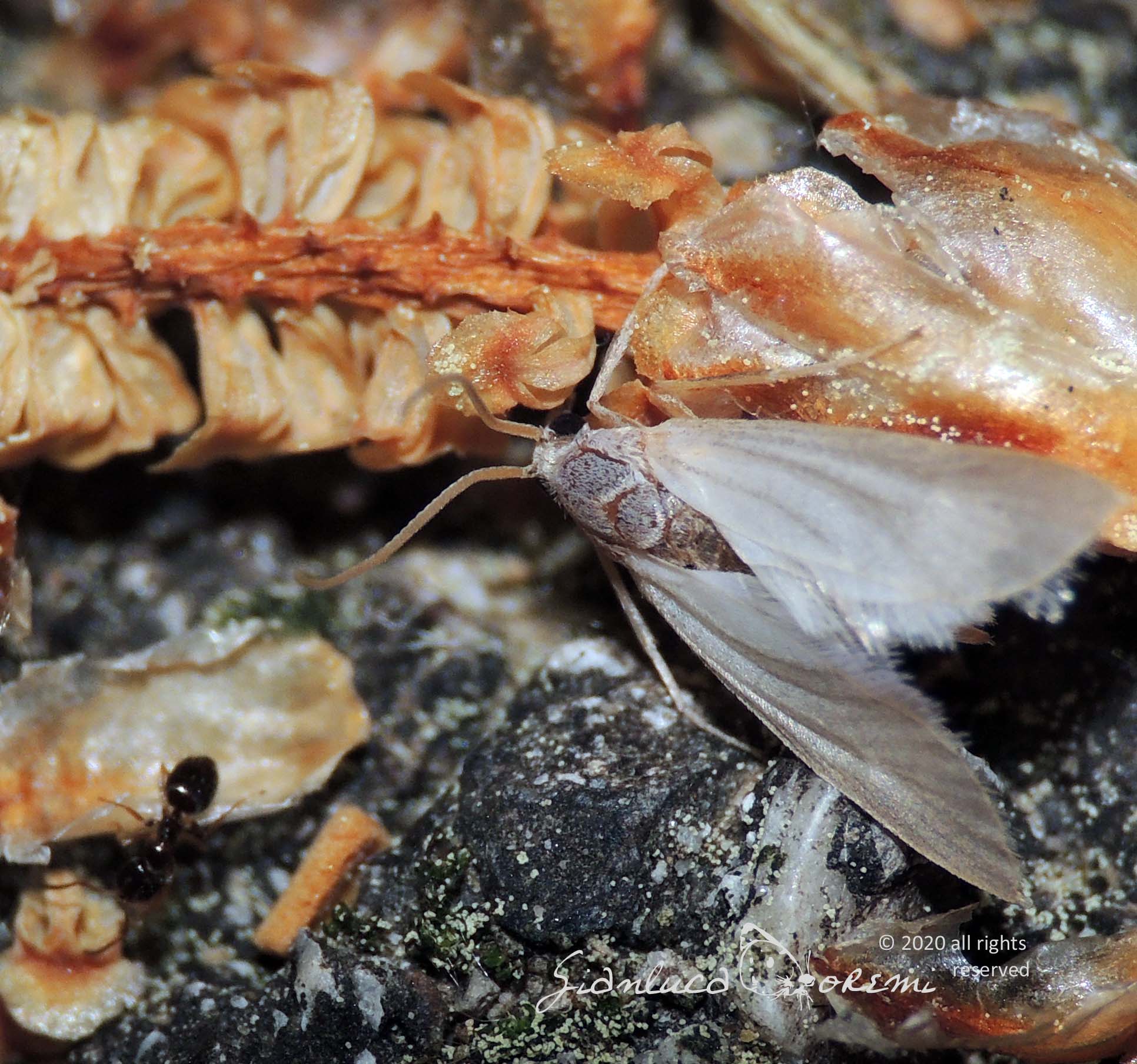
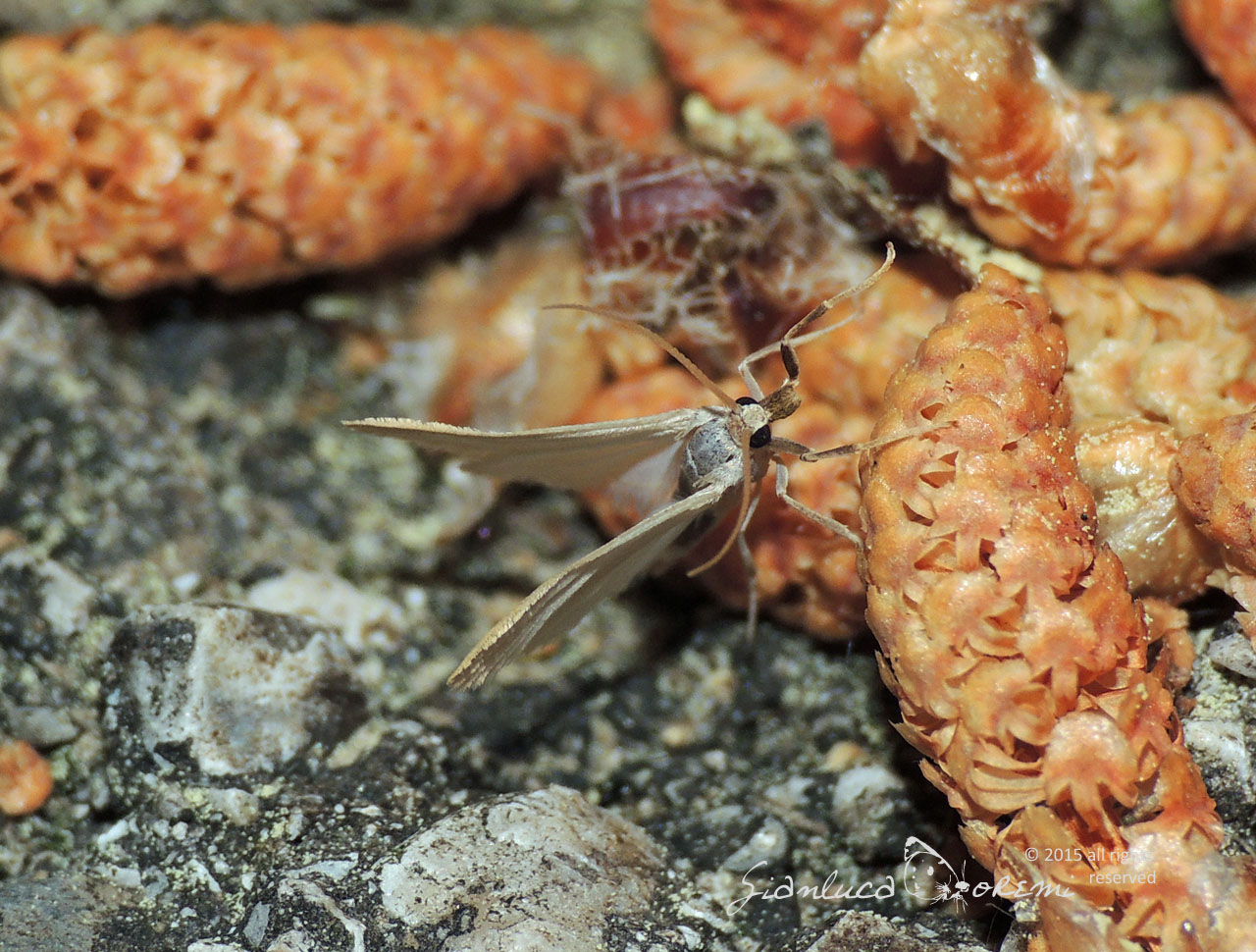
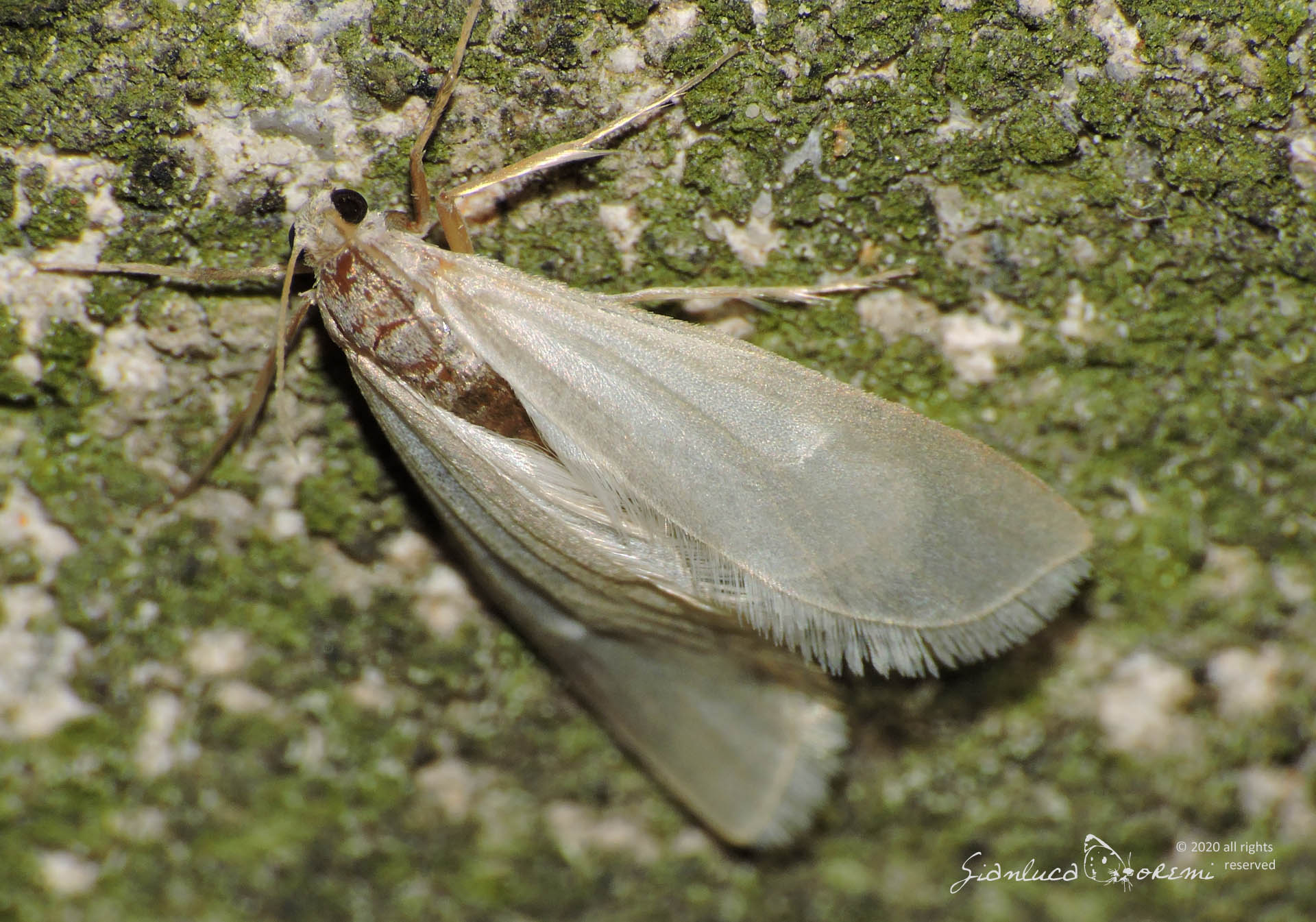
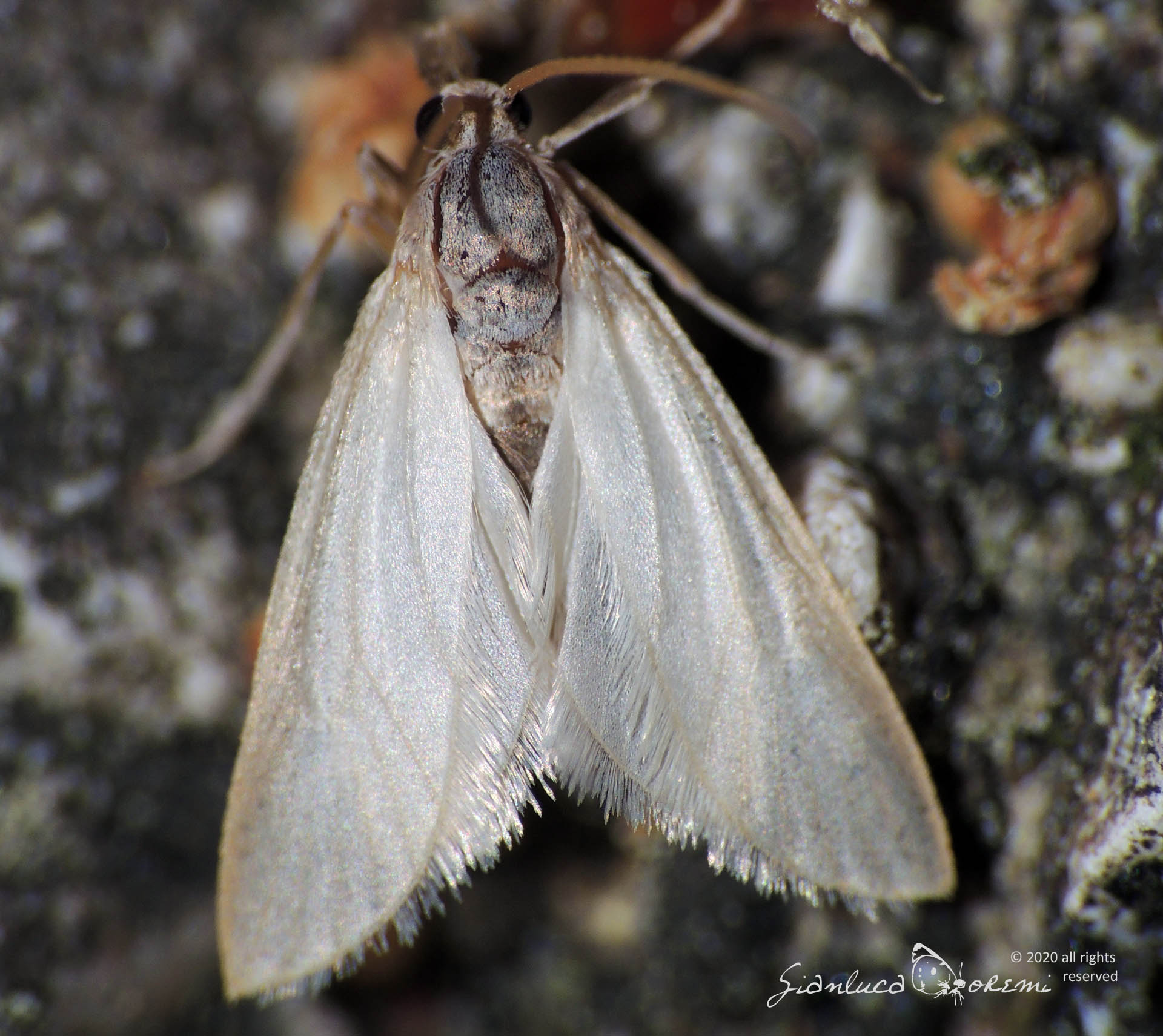
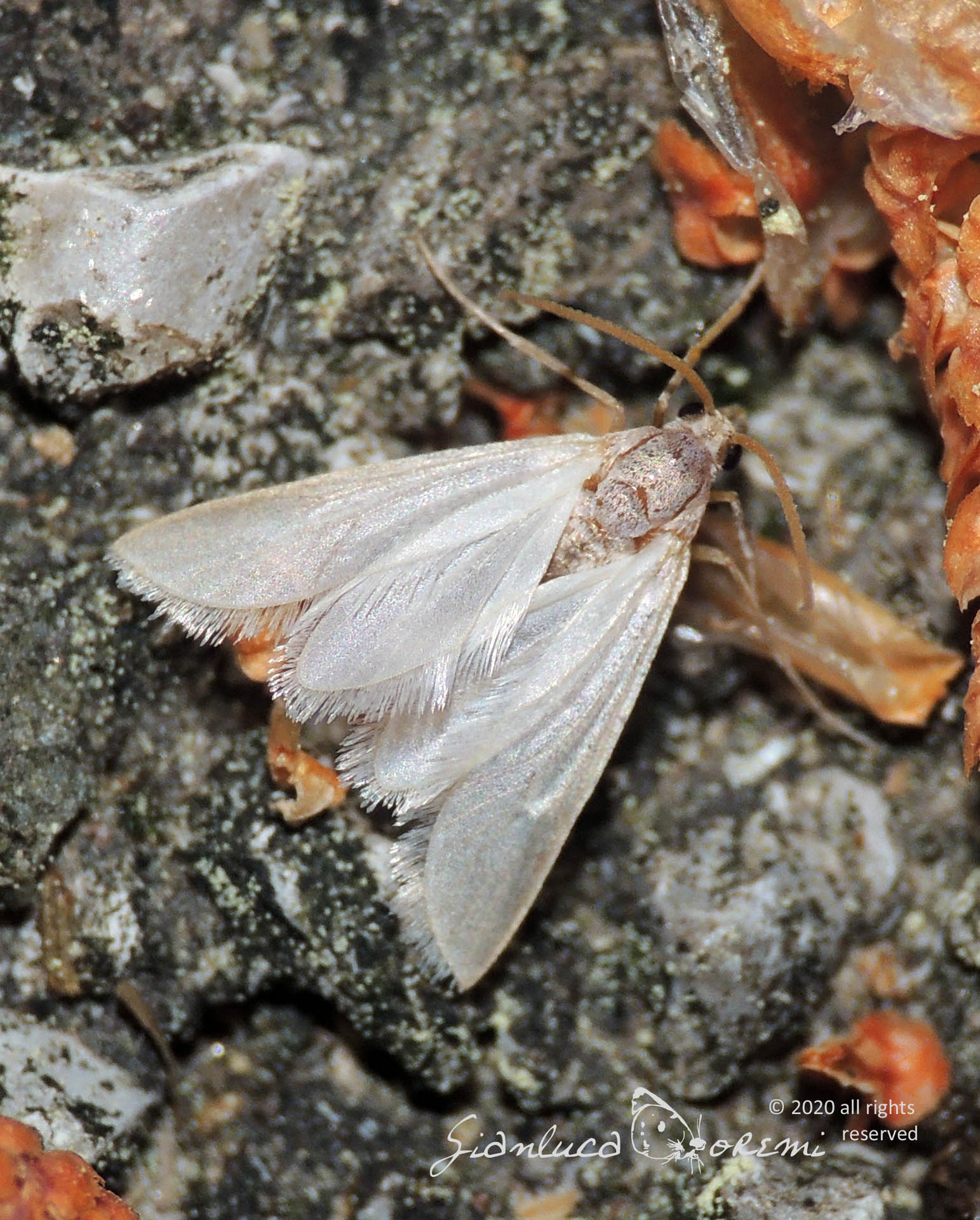

 EN
EN ITA
ITA
Social and publications